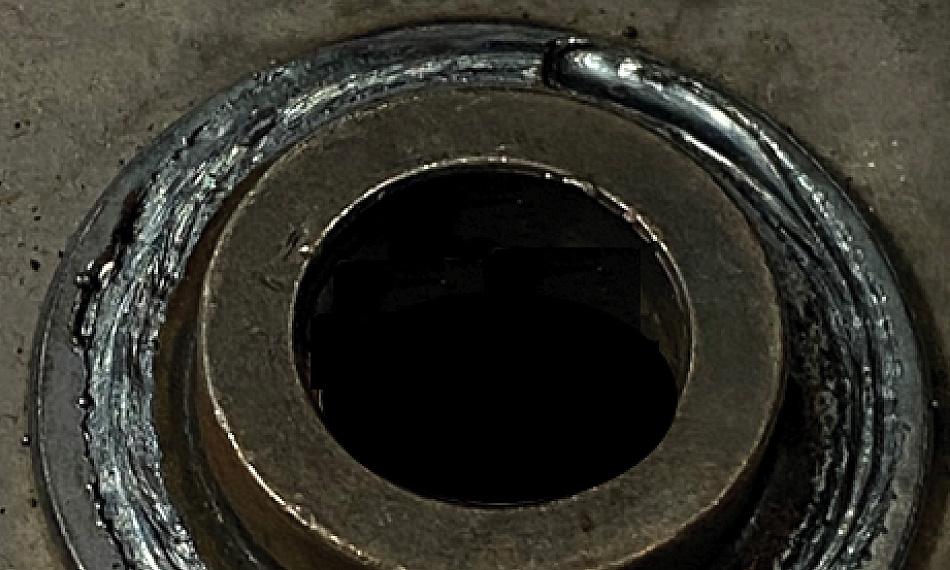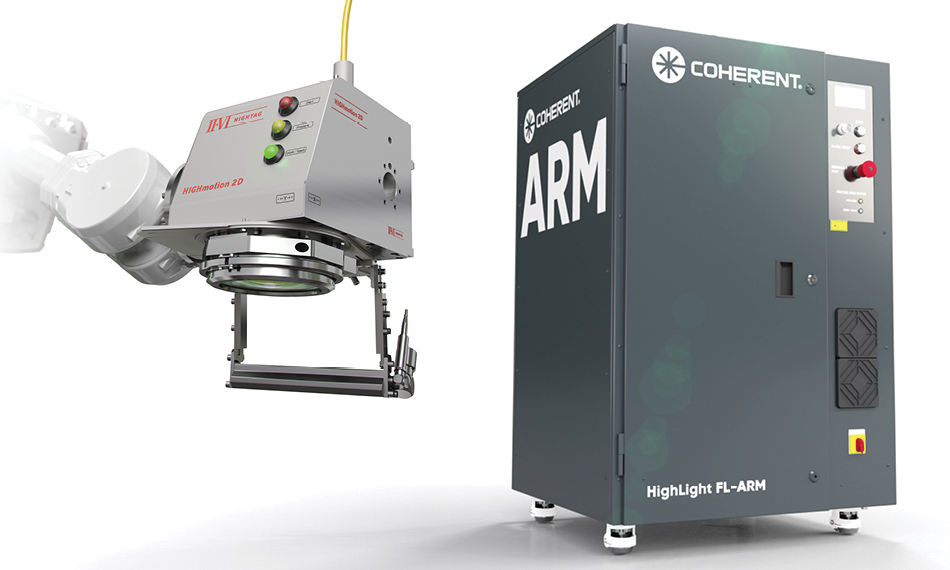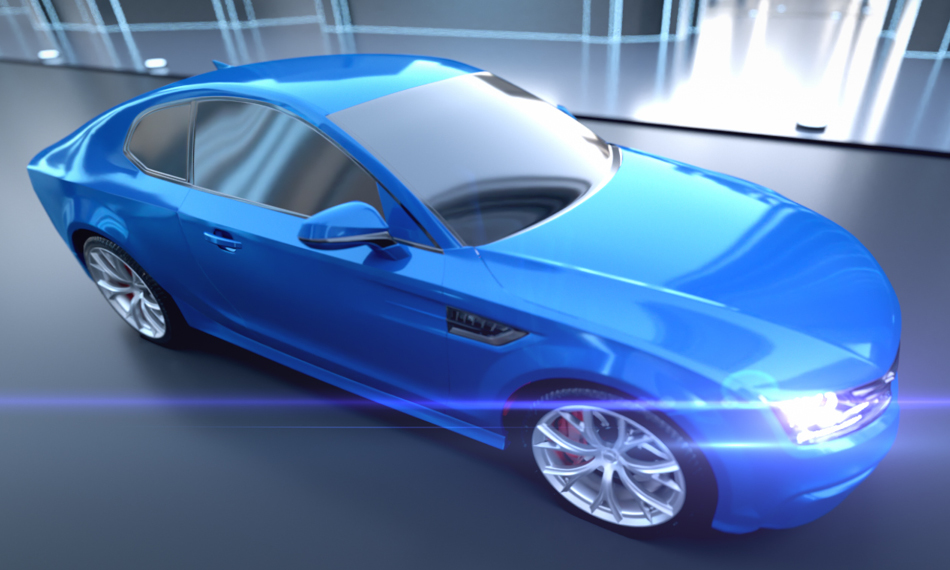SOLUTION BRIEF
Improved Automotive Seat
Welding with ARM Fiber Lasers
Introduction
Automotive front seat structures have become increasingly complex as manufacturers seek to balance overall weight (which impacts fuel efficiency) with strength and crashworthiness. Seat structures comprising sandwiches of three to five layers of thick steel are now commonly employed to meet these conflicting requirements. High strength steel (HSS) is often used to reduce assembly thickness and therefore weight.
But, welding these multi-layer structures presents challenges. One is maintaining consistent penetration while welding a complex-shaped part. A second is spatter, which then requires post-weld cleaning steps. Finally, HSS in particular has a tendency to crack if it cools too rapidly after exposure to the very high laser power needed for welding thick assemblies.
Process
A Coherent HighLight FL-ARM fiber laser with a 100 μm/290 μm (center/ring) diameter delivery fiber was focused on the work surface at a 3X magnification using a II-VI RLSK remote laser processing head (450 mm focal length). Laser power was 1800 W/5000 W (center beam/ring beam). Weld speed was adjusted to obtain optimum results and varied from 6.3 m/min for the thickest assembly to 8.8 m/min for the thinnest. The tests were performed in co-operation with the II-VI HighYAG applications lab in Detroit.
Results
Weld penetration was highly uniform due to the closed loop power control feature and back-reflection feedback insensitivity incorporated into the HighLight FL-ARM fiber laser. Most importantly, crack-free HSS welds were obtained using a special weld termination recipe. Specifically, this involved ramping down the power independently in the center and ring beams at the end of the weld. This significantly reduces the temperature gradient that occurs as the part cools – and it’s this differential cooling that leads to stress cracking. This ability of the FL-ARM to spread the supplied laser energy over a large area and to minimize the temperature gradient also produces a less turbulent and more stable melt pool, which virtually eliminated spatter in these tests.
Application Field

Figure 1. Highly uniform weld penetration

Figure 2: HighLight FL-ARM laser with II-VI HIGHmotion 2D scanner
